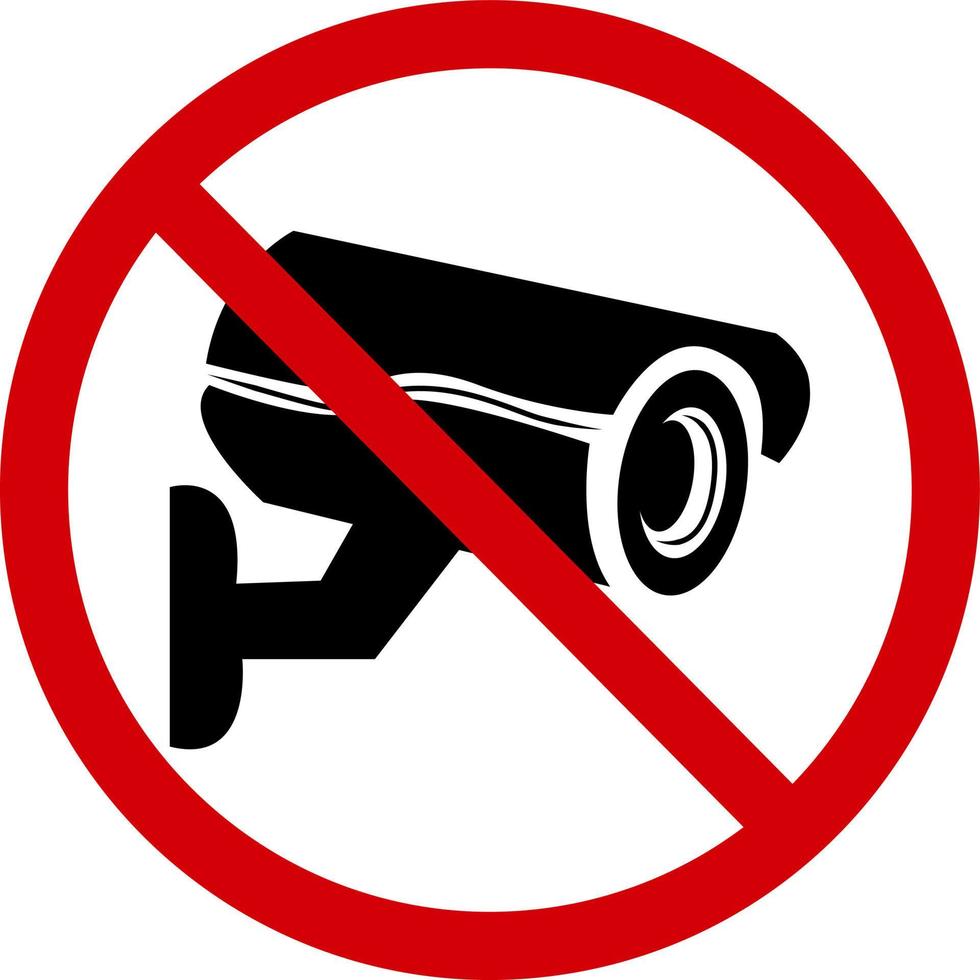Authentication tokens - Some heirloom jewelry or letter of permission from the local royal family used to prove you are on their mission.
Gap analysis - when your party finds a crevasse or pit and determines if they can jump across.
Buffer - party member who casts buffs, usually a bard.
Microservices - when you barter with gnomes to repair your gear.






But it’s not just the cat. OP wants to track the foods the cat is eating and the allergens in the food, and then look for correlations and trends. You could manage most of that with a spreadsheet, but you’d have to update reference tables every time you add a new entry. OP wants something user friendly.